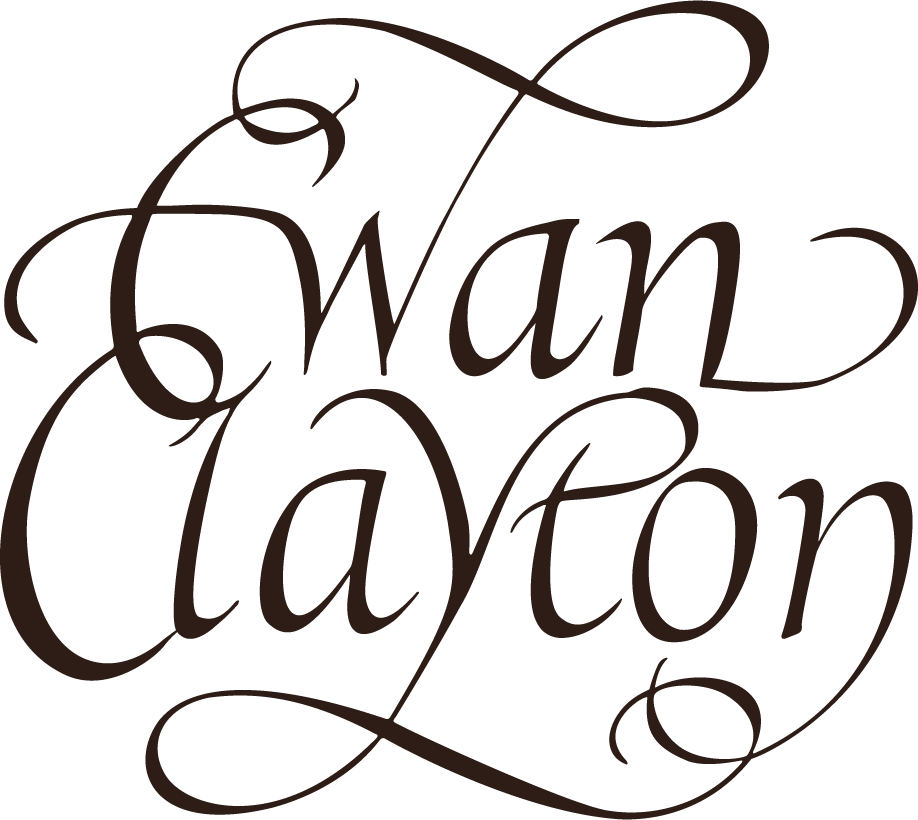ONLINE LECTURE SERIES
Capital Letters
A series of nine lectures exploring the development of capital letters from Ancient Greece to the Renaissance.
Lectures are available to purchase in pairs access until at least June 2026. The first lecture in the series is free of charge.
These lectures are suitable for anyone.
About the series
These talks look at developments in the form of capital letters across the ages. This is a low-key, informal series of talks delivered as if to students in my studio. It was filmed in 2023, you will find pauses where I share my screen, and maybe noises from the road outside! It is not a polished professional performance, but the content is good and visually interesting and I would love to share it more widely, which is why the fees are low and access is intended for a minimum of two years from June 2024.
Topics covered
INTRODUCTION: AVAILABLE
Ancient Greek & Early Roman: 1850 BCE - 2 CE
We trace the origins of the Roman alphabet from Egypt through Greece to look at the earliest Roman monolines capitals.
PAIR 1: AVAILABLE
Romans 1: 27 BCE - 270 CE
Here we look at the high point of the Imperial tradition of writing roman capitals with broad edged brushes before carving them in stone. We also look at a tradition of compressing these same capitals.Romans 2: 79 - 550 CE
The Roman script system also incorporated rustics and various forms of cursive handwriting. One of these, old roman cursive (ORC) eventually led to a new formal majuscule book-hand, uncials.
PAIR 2: AVAILABLE FROM 6 AUGUST
Early Medieval Europe 1: 500 - 800 CE
Towards the end of the Roman period a greater variety of forms were in use across the old Roman world from north Italy to Visigothic Spain, the British Isles and Merovingian France.Early Medieval Europe 2: 800 - 1000 CE
A revival of roman classical capitals occurred during the Carolingian period and led to the creation of a new multi stroke version of the capitals that we call versals.
PAIR 3: AVAILABLE FROM 3 SEPTEMBER
Medieval Europe 1: 1000 - 1200 CE
Versals become more complex multi-stroked letters as the middle ages progress. Book hands use rustics as capitals that then develop into Gothic capital forms. Gothic cursive scripts with related capitals evolve out of more cursively written Carolingian book hands.Medieval Europe 2: 1100 - 1470 CE
Across the middle ages versals ranged from light weight to heavy 'Lombardic' styles that incorporate both roman and uncial forms.
PAIR 4: AVAILABLE FROM 1 OCTOBER
Renaissance 1: 1450 - 1550 CE
The renaissance saw a revival of interest in classical styles of lettering, both with and without serifs. This happened in Florence and also the northern part of Italy (known as the Veneto) where they developed an epigraphic form of the capital, inspired by surviving Roman inscriptions.Renaissance 2: 1470 - 1600 CE
With the establishment of printing in Italy the epigraphic style of capital developed in the Veneto became the standard form for roman capitals in type. Elaborate Gothic capitals continued to be written, particularly in northern Europe and to a certain extent in Spain. Carved roman capitals in Italy became increasingly sophisticated in form.
Where and when
The lectures are available online and can be watched on this website at any time. A pair will be released each month between June and October 2024.
Purchase gives you indefinite access to the videos until at least June 2026.
Cost
The first lecture of the series, Ancient Greek & Early Roman, is available to watch free of charge. Each pair of subsequent lectures is priced at £22.
Enrollment advice
These lectures are designed for anyone interested in the Latin alphabet, from absolute beginners to advanced students.
Next steps
Use the Sign Up buttons below to access the free introductory lecture or to register for the forthcoming lectures in the series.
The first lecture in Capital Letters, a new online series.
The first pair of lectures, from this series on Capital Letters.
The second pair of lectures, from this series on Capital Letters.
The third pair of lectures, from this series on Capital Letters.
The fourth & final pair of lectures, from this series on Capital Letters.

